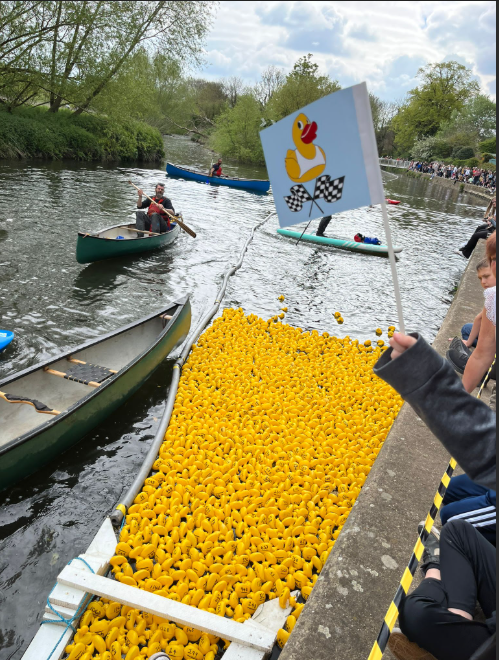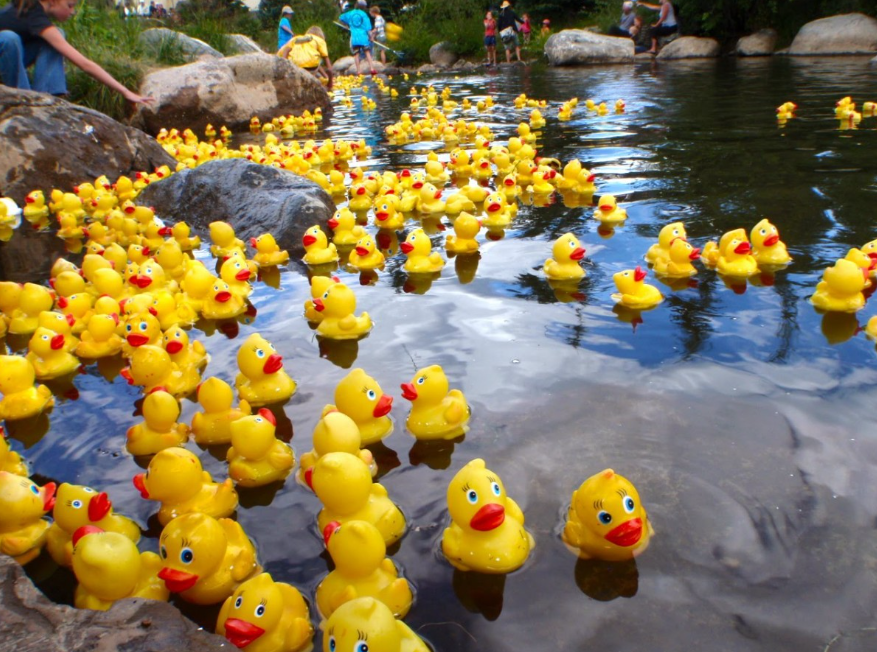Duck Race Games in Education: Revitalizing Classic Play with “Duck Duck Goose”
Introduction
While “duck race” often evokes images of rubber ducks floating down a river, the term may also refer to adaptations of the classic children’s game Duck Duck Goose—a high-energy, educational activity widely used in language classrooms and outdoor play. This article delves into the mechanics, educational value, and modern twists of this timeless game, highlighting its versatility for teachers and parents.

1. The Basics of Duck Duck Goose
Gameplay:
- Players sit in a circle while one child (the “tagger”) walks around tapping others’ heads, saying “duck” repeatedly. When the tagger says “goose,” the tapped child must chase and tag them before they take the vacant seat. Failure to catch the tagger results in the “goose” becoming the new tagger.
Core Skills:
- Enhances reflexes, spatial awareness, and social interaction.
- Encourages listening comprehension, especially in language-learning contexts.
2. Educational Adaptations
Vocabulary and Language Practice
- Teachers replace “duck” and “goose” with target vocabulary (e.g., “apple, apple, banana!”). This reinforces word recognition and conversational phrases in a playful setting.
- Example: In a Spanish class, students might use “perro, perro, gato!” to practice animal names.
Thematic Variations
- Seasonal Themes: Use holiday-related words (e.g., “pumpkin, pumpkin, ghost!”) for thematic engagement.
- Subject Integration: Pair with math (counting while tapping) or science (naming animal species).
3. Benefits Across Age Groups
- Younger Children (Ages 3–6): Simplify the game by focusing on basic word repetition and motor skills. The chasing element keeps them engaged while building coordination.
- Older Students (Ages 7+): Introduce complex rules, such as requiring the “goose” to answer a question before chasing, to integrate critical thinking.
4. Cultural and Social Significance
- Global Parallels: Similar to the Chinese game “丢手绢” (Diū Shǒujuàn, or “Drop the Handkerchief”), Duck Duck Goose reflects universal themes of anticipation and teamwork, bridging cultural gaps in multicultural classrooms.
- Social-Emotional Learning: Teaches turn-taking, graceful winning/losing, and empathy as players cheer for peers.
5. Modern Twists for Outdoor Play
- Tech Integration: Use flashcards or digital apps to display vocabulary words during the game, blending physical activity with tech literacy.
- Obstacle Courses: Add hurdles or balance beams to the chasing path for a fitness-focused variant.

Conclusion
“Duck Duck Goose” transcends its simplicity to become a versatile tool for education and cross-cultural connection. By adapting its core mechanics, educators can create immersive lessons that marry play with learning. Whether used to teach languages, foster teamwork, or celebrate cultural diversity, this game proves that classic play remains irreplaceable in child development.

